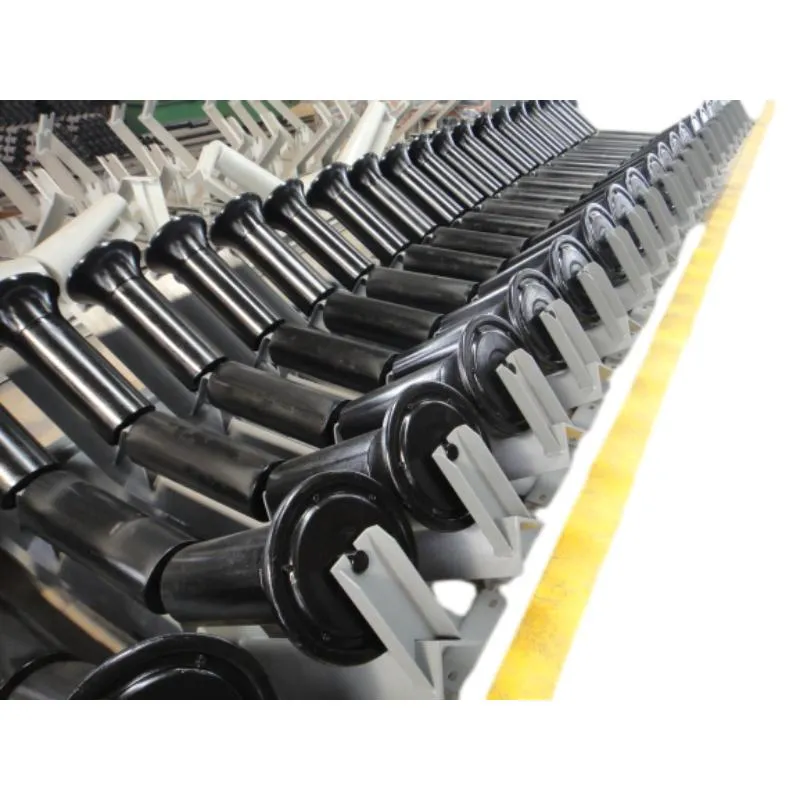 Afrikaans
Afrikaans  Albanian
Albanian  Amharic
Amharic  Arabic
Arabic  Armenian
Armenian  Azerbaijani
Azerbaijani  Basque
Basque  Belarusian
Belarusian  Bengali
Bengali  Bosnian
Bosnian  Bulgarian
Bulgarian  Catalan
Catalan  Cebuano
Cebuano  Corsican
Corsican  Croatian
Croatian  Czech
Czech  Danish
Danish  Dutch
Dutch  English
English  Esperanto
Esperanto  Estonian
Estonian  Finnish
Finnish  French
French  Frisian
Frisian  Galician
Galician  Georgian
Georgian  German
German  Greek
Greek  Gujarati
Gujarati  Haitian Creole
Haitian Creole  hausa
hausa  hawaiian
hawaiian  Hebrew
Hebrew  Hindi
Hindi  Miao
Miao  Hungarian
Hungarian  Icelandic
Icelandic  igbo
igbo  Indonesian
Indonesian  irish
irish  Italian
Italian  Japanese
Japanese  Javanese
Javanese  Kannada
Kannada  kazakh
kazakh  Khmer
Khmer  Rwandese
Rwandese  Korean
Korean  Kurdish
Kurdish  Kyrgyz
Kyrgyz  Lao
Lao  Latin
Latin  Latvian
Latvian  Lithuanian
Lithuanian  Luxembourgish
Luxembourgish  Macedonian
Macedonian  Malgashi
Malgashi  Malay
Malay  Malayalam
Malayalam  Maltese
Maltese  Maori
Maori  Marathi
Marathi  Mongolian
Mongolian  Myanmar
Myanmar  Nepali
Nepali  Norwegian
Norwegian  Norwegian
Norwegian  Occitan
Occitan  Pashto
Pashto  Persian
Persian  Polish
Polish  Portuguese
Portuguese  Punjabi
Punjabi  Romanian
Romanian  Russian
Russian  Samoan
Samoan  Scottish Gaelic
Scottish Gaelic  Serbian
Serbian  Sesotho
Sesotho  Shona
Shona  Sindhi
Sindhi  Sinhala
Sinhala  Slovak
Slovak  Slovenian
Slovenian  Somali
Somali  Spanish
Spanish  Sundanese
Sundanese  Swahili
Swahili  Swedish
Swedish  Tagalog
Tagalog  Tajik
Tajik  Tamil
Tamil  Tatar
Tatar  Telugu
Telugu  Thai
Thai  Turkish
Turkish  Turkmen
Turkmen  Ukrainian
Ukrainian  Urdu
Urdu  Uighur
Uighur  Uzbek
Uzbek  Vietnamese
Vietnamese  Welsh
Welsh  Bantu
Bantu  Yiddish
Yiddish  Yoruba
Yoruba  Zulu
Zulu Components and Accessories for Conveyor Systems and Their Applications
Understanding Conveyor Parts The Backbone of Efficient Material Handling
In the modern industrial landscape, conveyor systems play an indispensable role in the seamless movement of materials across various sectors, from manufacturing to warehousing. These systems are composed of several integral parts that work harmoniously to ensure the efficient transportation of goods. Understanding these components is crucial for optimizing performance, maintenance, and overall productivity.
Main Components of Conveyor Systems
1. Conveyor Belts The conveyor belt is arguably the most recognizable part of a conveyor system. Made from various materials such as rubber, fabric, or metal, it is designed to transport products from one point to another. Different applications require different types of belts. For instance, heavy-duty industrial belts are ideal for tough environments and heavy loads, while lightweight belts are suitable for smaller items.
2. Drive Mechanism The drive mechanism is responsible for powering the conveyor system. It usually consists of an electric motor, gearbox, and pulleys. The motor provides the necessary power to move the belt, while the gearbox adjusts the speed and torque. Pulleys are used to guide the belt and maintain its alignment, ensuring smooth operation.
3. Idlers Idlers are rollers that support the conveyor belt and help reduce friction as it moves. They are crucial for maintaining belt tension and alignment, preventing undue wear on both the belt and the drive mechanism. Idlers come in various styles, including impact idlers, which absorb shocks from heavy loads, and return idlers, which help guide the belt back to its starting point.
4. Conveyor Frames The frame serves as the backbone of the conveyor system, providing structural support for all components. It is typically made from steel or aluminum, designed to withstand the weight of materials being transported. Proper frame design is vital, as it impacts the overall stability and durability of the conveyor system.
5. Sensors and Controls Modern conveyor systems often incorporate advanced sensors and controls to optimize efficiency. Sensors can detect the presence and position of materials, enabling automated sorting or triggering alarms in case of abnormalities. Control systems allow operators to manage the speed, direction, and operation of the conveyor, ensuring a smooth workflow.
conveyor parts

6. Chassis and Support Structures The chassis includes components that elevate and stabilize the conveyor system. It defines the layout and pathway of the conveyor, accommodating any incline or decline necessary for the intended application. Support structures must be designed to absorb vibrations and prevent movement, which can lead to misalignment and operational issues.
Benefits of Understanding Conveyor Parts
Knowledge of conveyor parts is essential for various reasons. For maintenance personnel, understanding how components work together enables them to diagnose issues effectively and perform repairs efficiently. For managers and operators, having a firm grasp of the system enhances their ability to optimize operations, minimize downtime, and maximize productivity.
Moreover, choosing the right conveyor parts can significantly affect the overall performance of the system
. The wrong belt, for instance, can lead to slippage, increased wear, and ultimately, costly downtimes. By recognizing the importance of each component, businesses can make informed decisions when upgrading or maintaining their conveyor systems.Maintenance Considerations
Regular maintenance is critical to the longevity and efficiency of conveyor systems. Key maintenance tasks include checking belt tension, inspecting idlers for wear, lubricating the drive mechanism, and ensuring that sensors and controls are functioning properly. Implementing a routine maintenance schedule helps avoid unexpected failures and prolongs the life of the conveyor parts.
Conclusion
In conclusion, conveyor parts are fundamental to the effective operation of material handling systems across various industries. By understanding the role of each component—ranging from conveyor belts to sensors—businesses can enhance their operational efficiency, minimize maintenance costs, and ensure a smooth flow of materials. Investing in quality parts and regular maintenance not only improves productivity but also contributes to the sustainability of operations in today’s fast-paced industrial environment.
-
Revolutionizing Conveyor Reliability with Advanced Rubber Lagging PulleysNewsJul.22,2025
-
Powering Precision and Durability with Expert Manufacturers of Conveyor ComponentsNewsJul.22,2025
-
Optimizing Conveyor Systems with Advanced Conveyor AccessoriesNewsJul.22,2025
-
Maximize Conveyor Efficiency with Quality Conveyor Idler PulleysNewsJul.22,2025
-
Future-Proof Your Conveyor System with High-Performance Polyurethane RollerNewsJul.22,2025
-
Driving Efficiency Forward with Quality Idlers and RollersNewsJul.22,2025





























